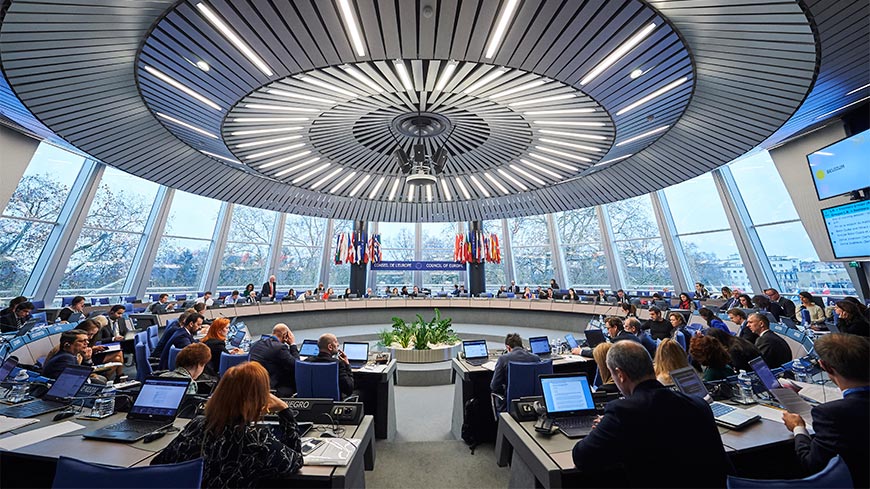The European Court of Human Rights (ECHR) condemned Turkey on Tuesday June 14 for having refused to one of the Muslim detainees in Diyarbakir prison to organize a collective Friday prayer and to participate in it.
ECHR and Turkey
“The (Turkish) authorities failed to strike a fair balance between the conflicting interests, namely security and order within the prison, and the applicant’s right to freedom of worship in common”, considered the judicial body of the Council of Europe in Strasbourg. This detainee, who was serving a sentence in this high security prison for belonging to Hezbollah, had asked in 2010 for authorization to organize the Friday prayer, important in the Muslim faith, and to participate in it, but the prison authorities rejected his request, considering that collective gatherings presented a security risk and that there was no adequate room, recalls the ECHR in a press release.
All the appeals brought before the Turkish courts by this prisoner were rejected. But for the ECHR, Ankara violated the right to freedom of religion of this man, because the Turkish authorities on the one hand “not sufficiently investigated” whether such a gathering had presented a higher risk than another activity. culture in the prison and, on the other hand, “did not consider any other solution” for a suitable place for this prayer. The applicant had made no claim to the ECHR for compensation from the Turkish government.
How does the European Court of Human Rights work?
The European Court of Human Rights (ECHR), created by the European Convention on Human Rights, was set up in 1959. It sits in Strasbourg and is composed of 47 judges (one per Member State) elected for a non-renewable term of 9 years by the Parliamentary Assembly of the Council of Europe, from lists of three names proposed by each State. However, the judges sit in their individual capacity and do not represent the States in respect of which they were elected. They are independent and impartial.
These magistrates are organized into five sections, made up of chambers of seven judges and committees of three judges. Each section has a president and a vice-president. A Grand Chamber, made up of 17 judges, constitutes the solemn court formation and the review body for the judgments rendered by the chambers. The Grand Chamber is notably composed of the President of the Court, its vice-presidents and the presidents of the sections.
In 2020, 41,700 requests were assigned to a judicial formation and 39,190 requests resulted in a decision or being struck off the roll (case removed from the judge’s agenda). The Court delivered 871 judgments concerning 1,901 applications.

Comments are closed